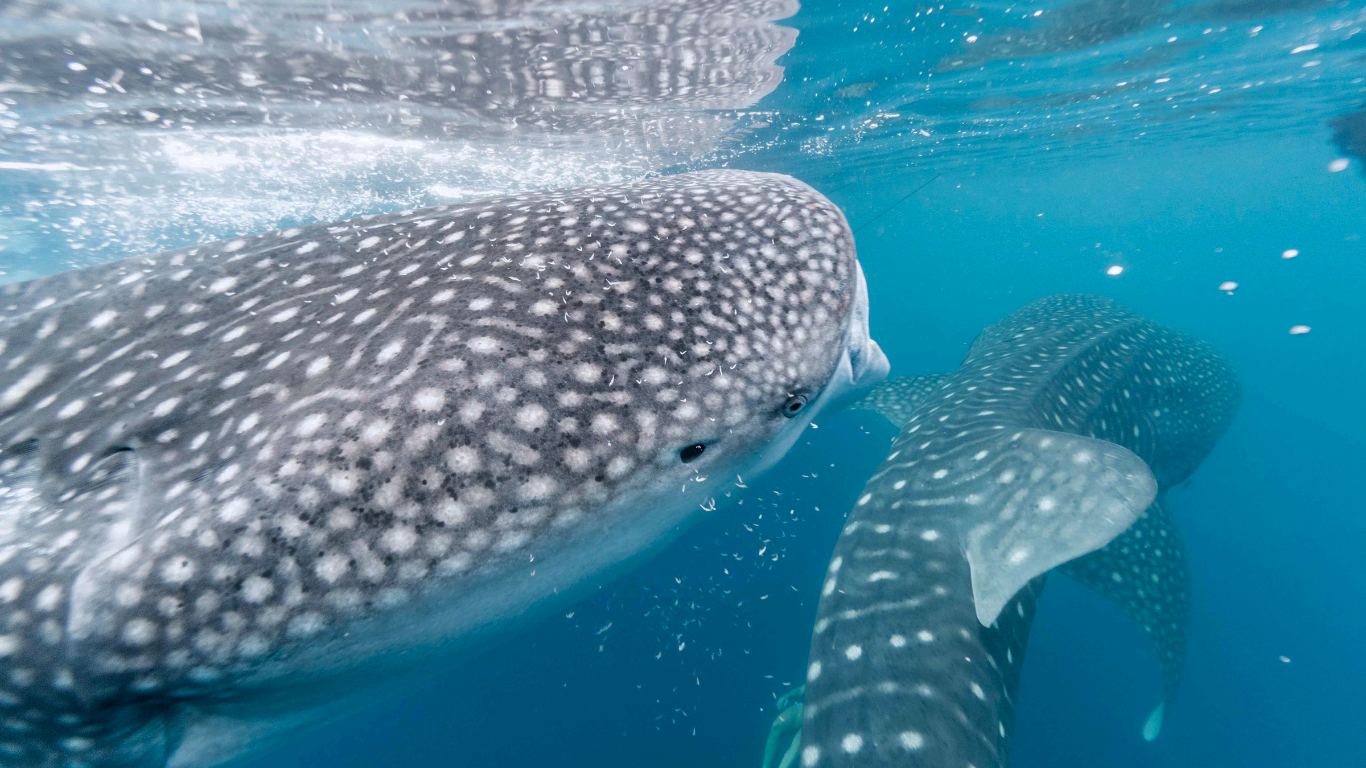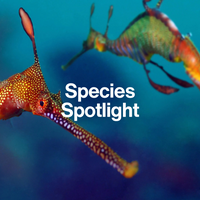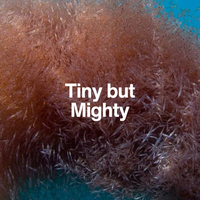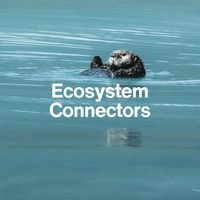The Ocean’s Singer and Storyteller
Humpback Whale

With haunting songs and long migrations, the humpback whale connects distant oceans and inspires global protection.
Introduction
A Voice That Echoes Across Oceans
The humpback whale (Megaptera novaeangliae) is one of the most recognisable and beloved whales in the world. Known for its acrobatic breaches and haunting underwater songs, it has become a global icon of marine life and conservation.
Once hunted to near extinction, this species is a beacon of both vulnerability and resilience. Its recovery reminds us that with global effort, even the ocean’s largest creatures can find hope.

What Makes It Iconic
The Singer of the Sea
With long pectoral fins and immense tail flukes, humpbacks are famous for their powerful leaps—but it’s their songs that make them truly unique. Males produce long, structured vocalisations that can last for hours and travel across ocean basins.
These whales feature in countless documentaries and conservation campaigns, symbolising both the wonder of marine life and the importance of protecting it. When we think of saving the ocean, the humpback whale often leads the imagery.

Fun Fact
Every year, humpback whale songs gradually evolve—new themes appear, old ones fade, and entire populations eventually sing a brand-new version.
Ecological Role
Giants That Feed the Ocean
Humpback whales are baleen filter feeders, consuming large amounts of krill and small fish using techniques like bubble-net feeding, where they blow spirals of bubbles to trap prey before lunging through the swarm with open mouths.
But their ecological impact doesn’t stop at feeding—it continues through what they leave behind.
As humpbacks migrate between cold, nutrient-rich polar feeding grounds and warm, tropical breeding zones (often travelling over 8,000 km), they act as biological pumps, moving nutrients across vast ocean regions. This process is known as the whale pump.
When whales defecate near the ocean surface, they release plumes of iron- and nitrogen-rich faeces. These floating nutrient clouds fertilise phytoplankton, the microscopic plants at the base of the marine food web. In turn, phytoplankton support fish, seabirds, and even help regulate the climate by absorbing carbon dioxide.
In essence, humpback whale poo feeds the ocean. It keeps marine ecosystems productive, helps sustain fisheries, and plays a quiet but vital role in keeping the planet in balance.


Conservation & Threats
Not Out of the Woods Yet
Although many populations have rebounded, humpbacks still face a variety of threats:
Ship strikes
in coastal and migration corridors
Entanglement
in fishing gear
Climate change
affecting prey distribution and migration routes
Noise pollution
that can disrupt communication
Did you know?
Some humpback populations are now changing their migratory patterns as oceans warm—arriving earlier or skipping stops entirely.
Hope & Action
A Conservation Comeback Story
The humpback whale’s return from the brink is one of marine conservation’s greatest success stories. Thanks to the global whaling ban and protective laws, many populations have rebounded—especially in the North Atlantic and South Pacific.
Efforts include:
- Sanctuaries and marine protected areas
- Monitoring via satellite and acoustic tags
- Whale-safe fishing gear and vessel guidelines
Citizen science programmes (e.g., fluke identification by photographers)

Why they Inspires Us
A Giant With a Gentle Song
The humpback whale reminds us that the ocean isn’t silent—it sings. And if we listen, we might learn more than biology—we might remember what connection, movement, and hope sound like.
Their story proves that recovery is possible when we act boldly—and that when we protect one species, we often protect an entire ecosystem.

Species Overview

Species ID Card
Humpback Whale
Want to take this species with you? Download our printable ID card to keep learning, share with others, or use in your classroom or ocean journal.
NEXT SPECIES
Meet the Gentle Giant of the Blue: Whale Shark
It’s the biggest fish in the sea—and one of the kindest. Up next: meet the filter-feeding titan that cruises through the tropics with grace.




